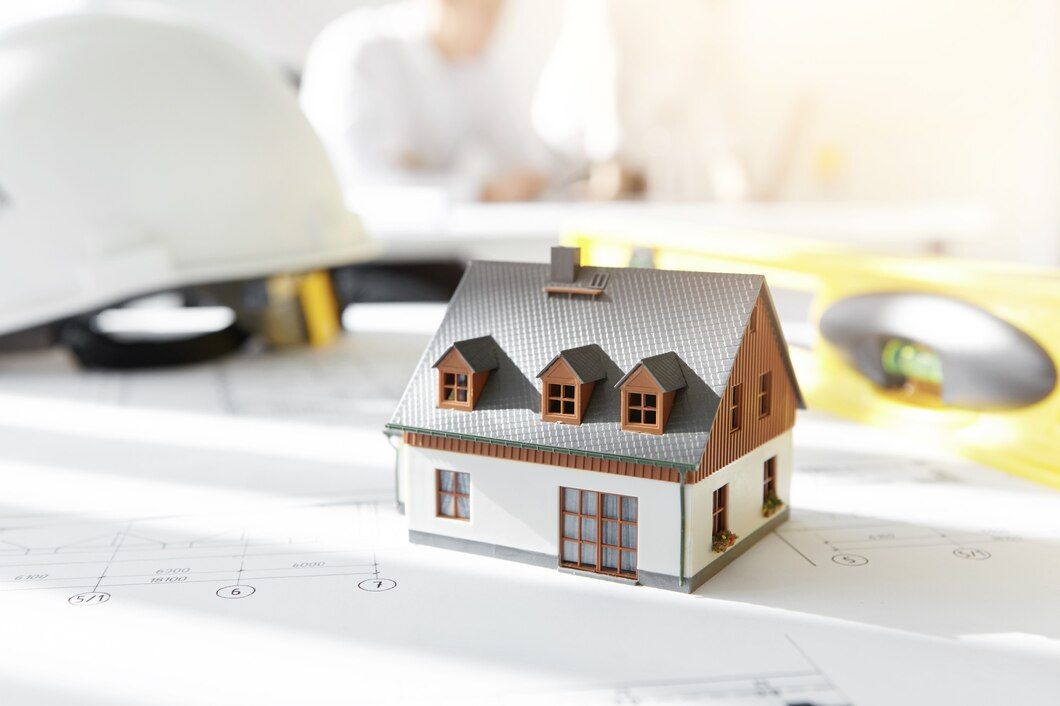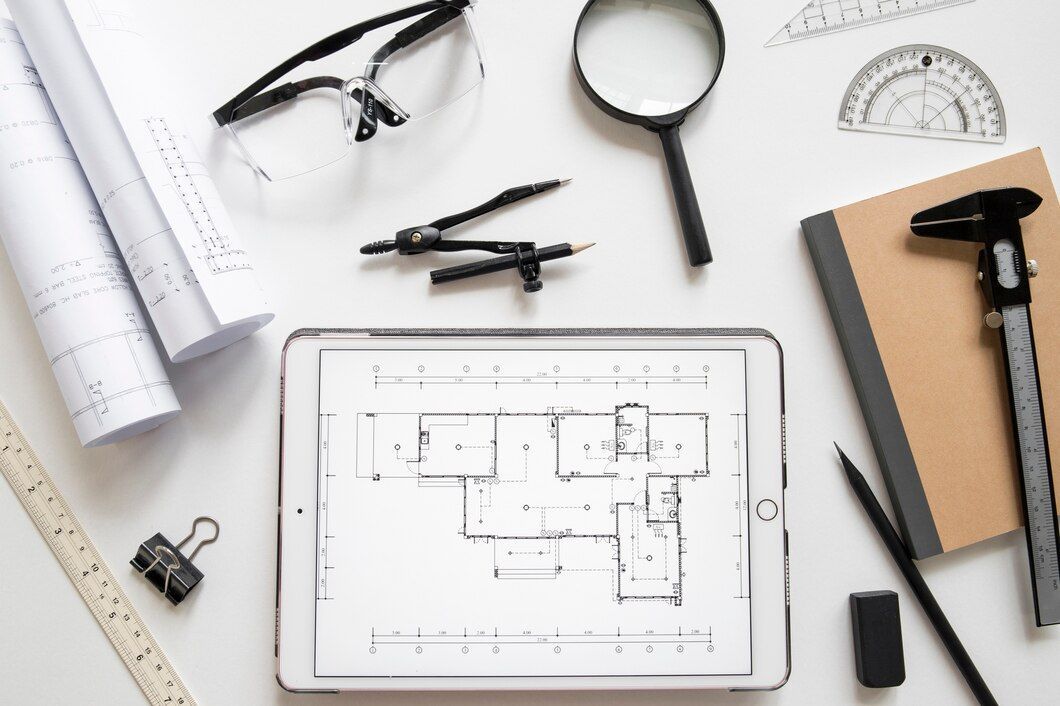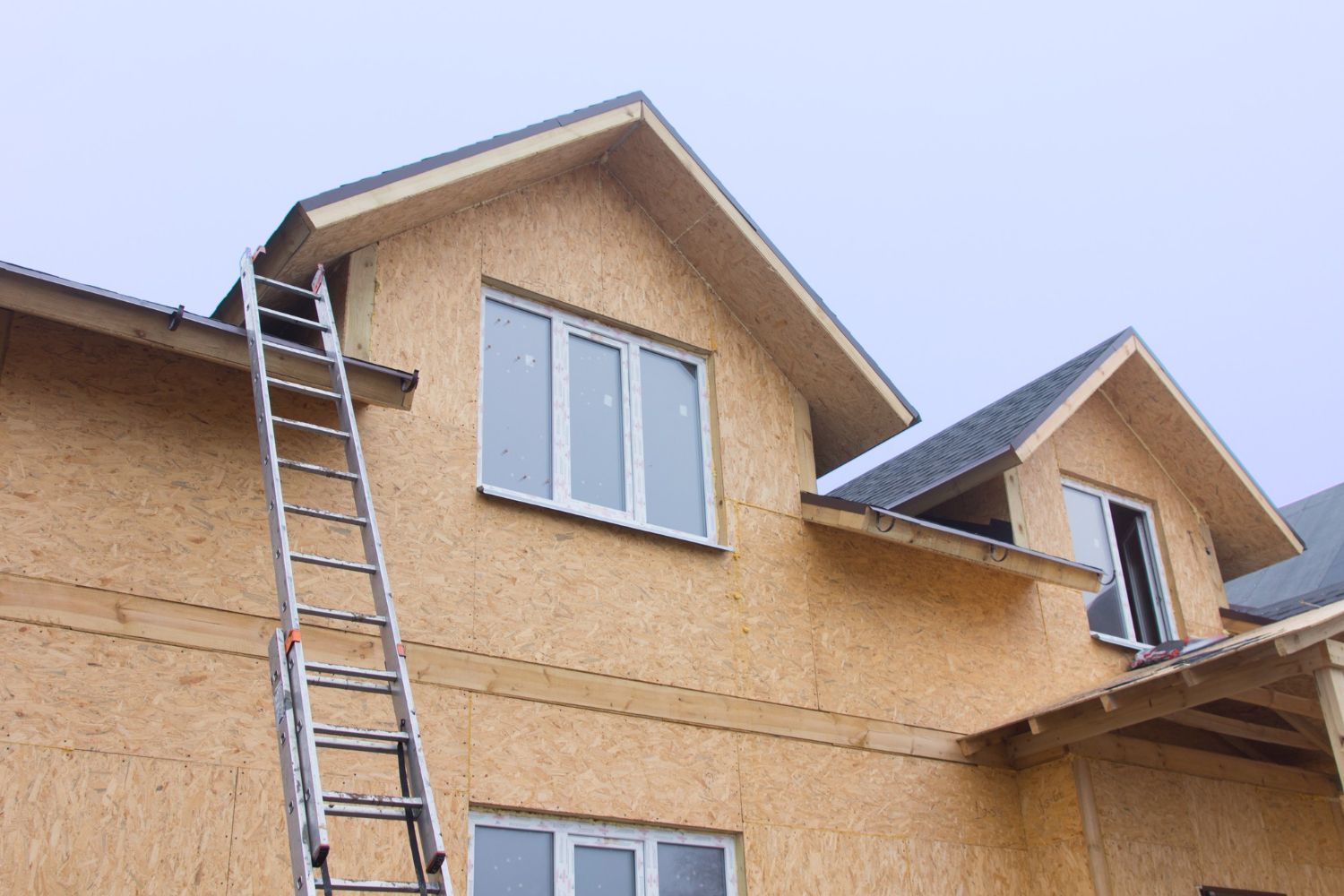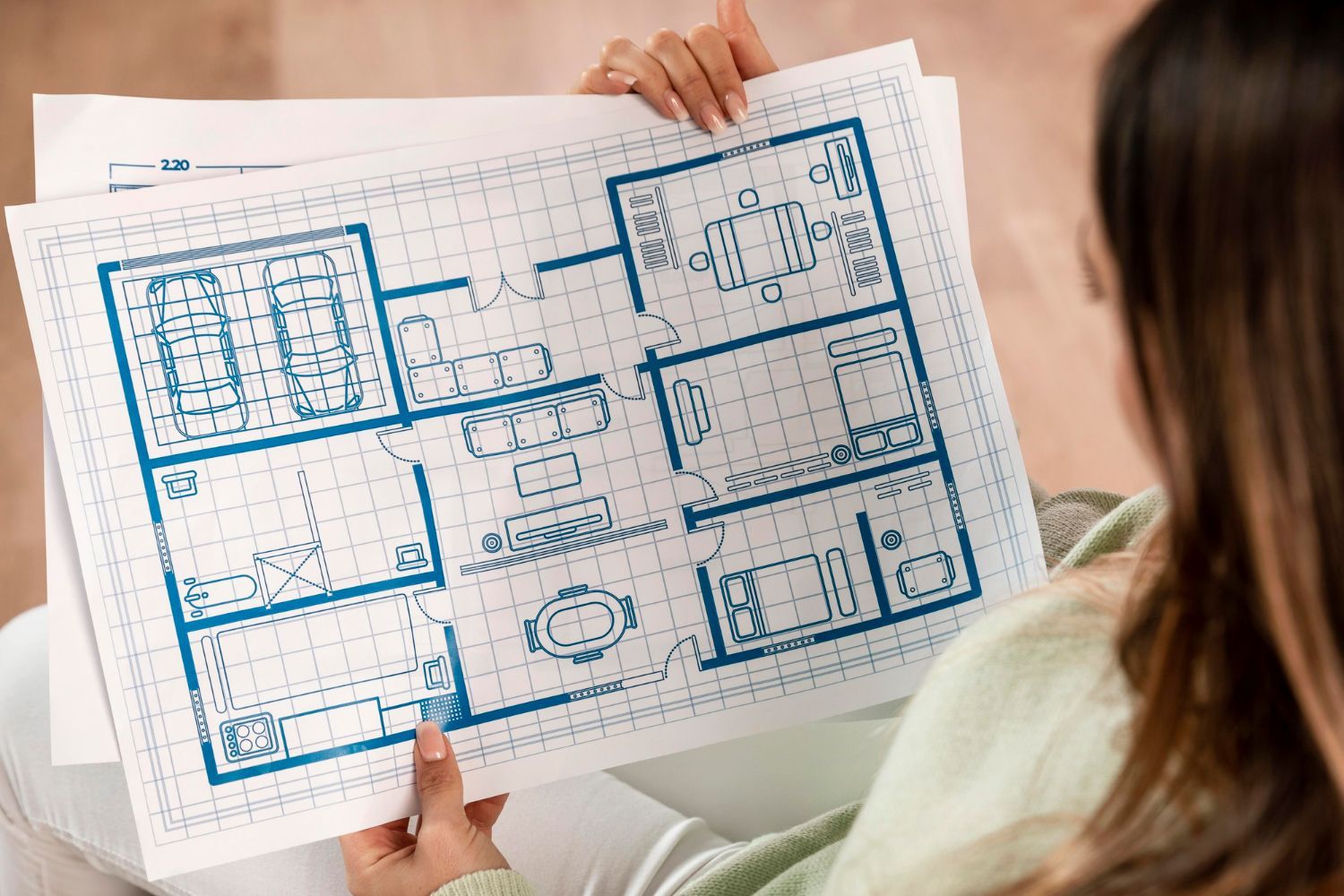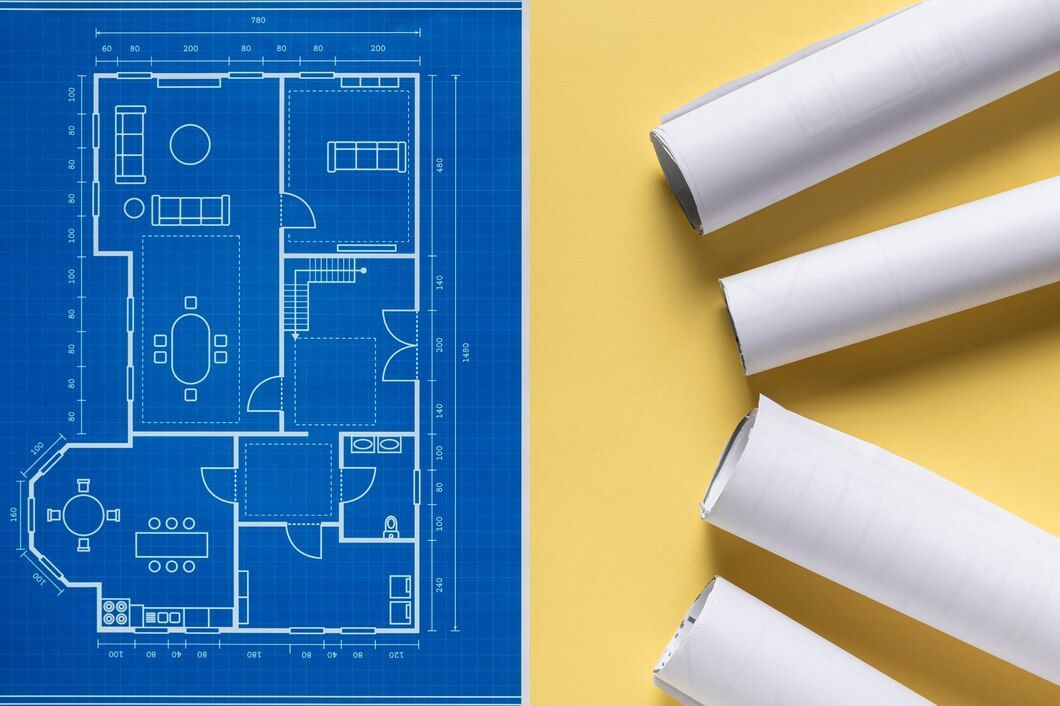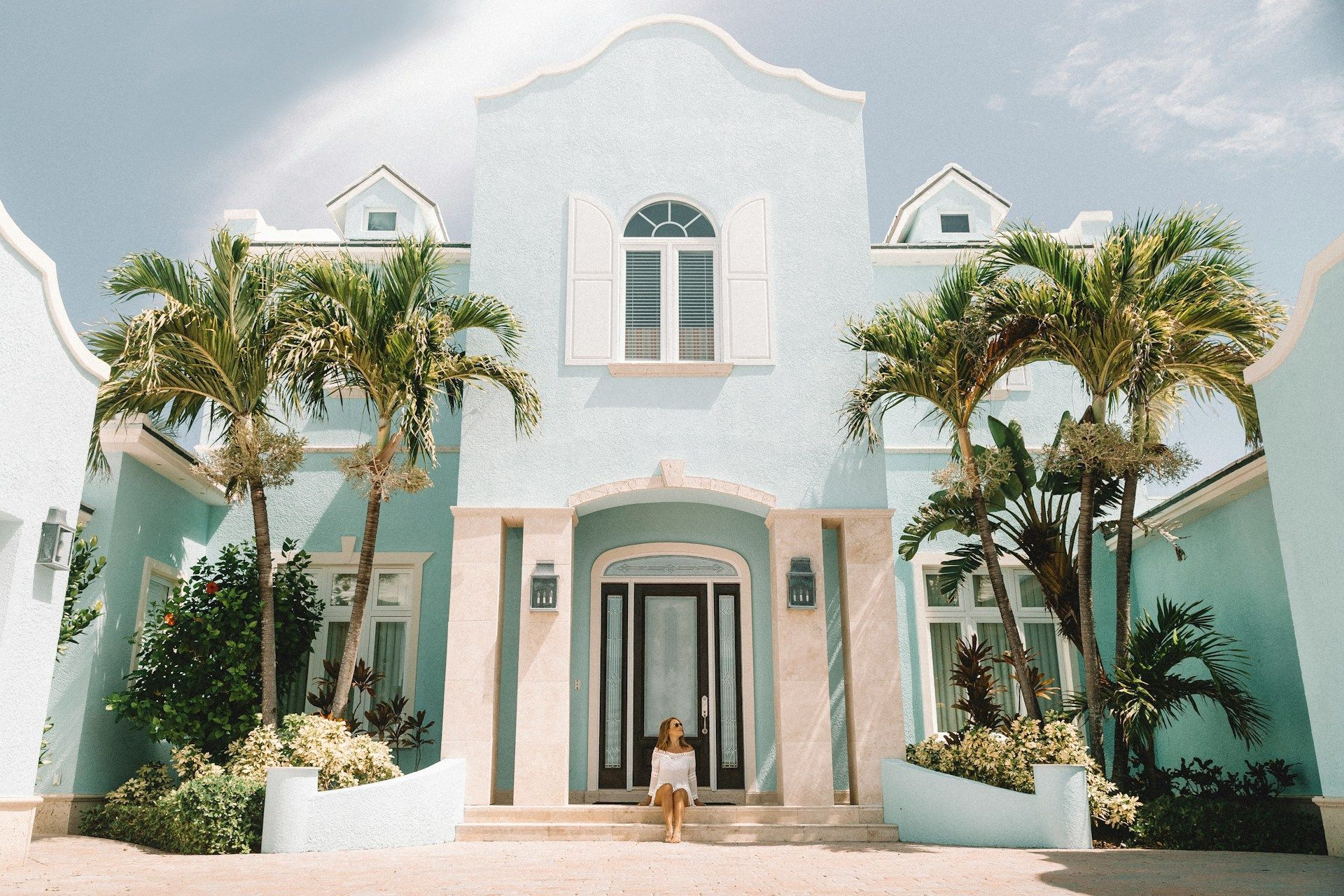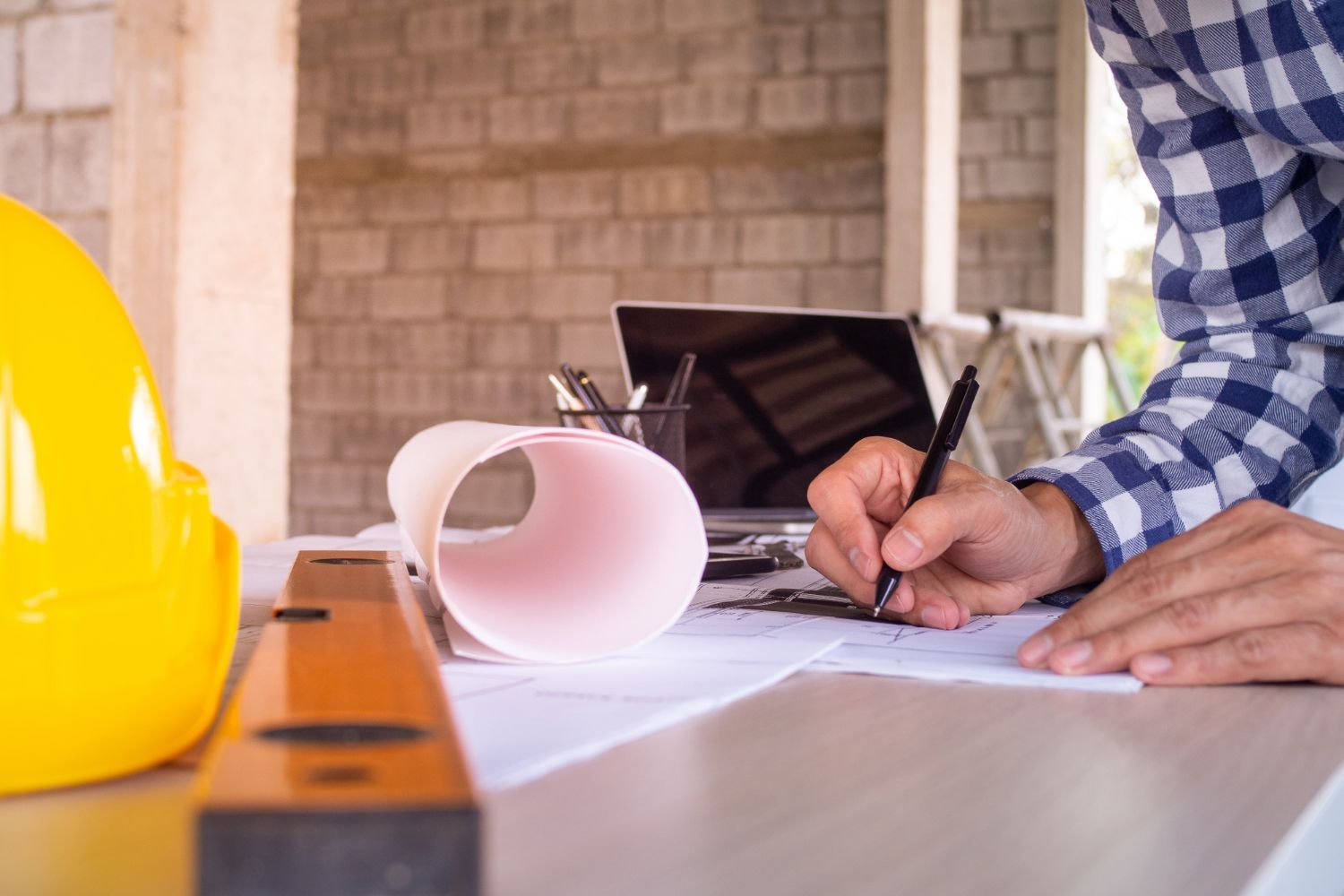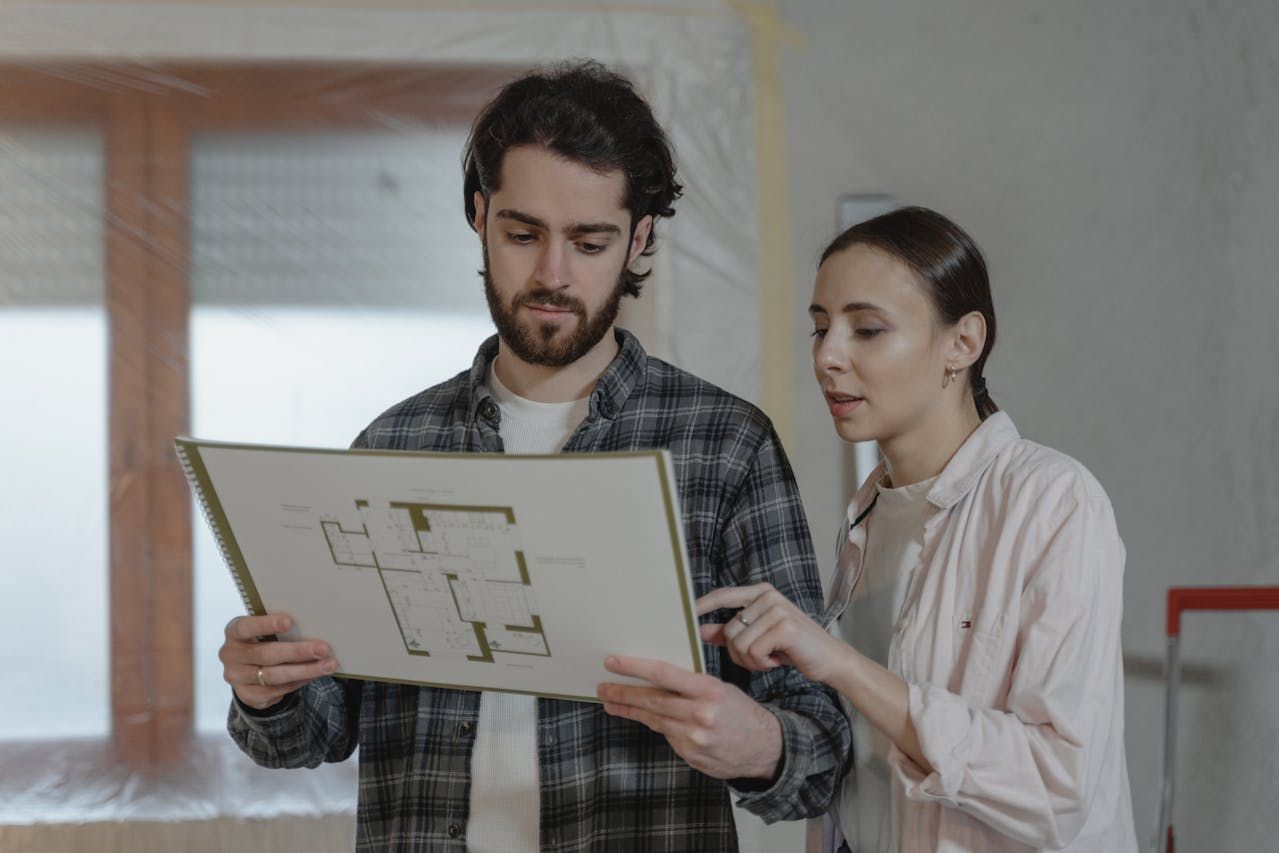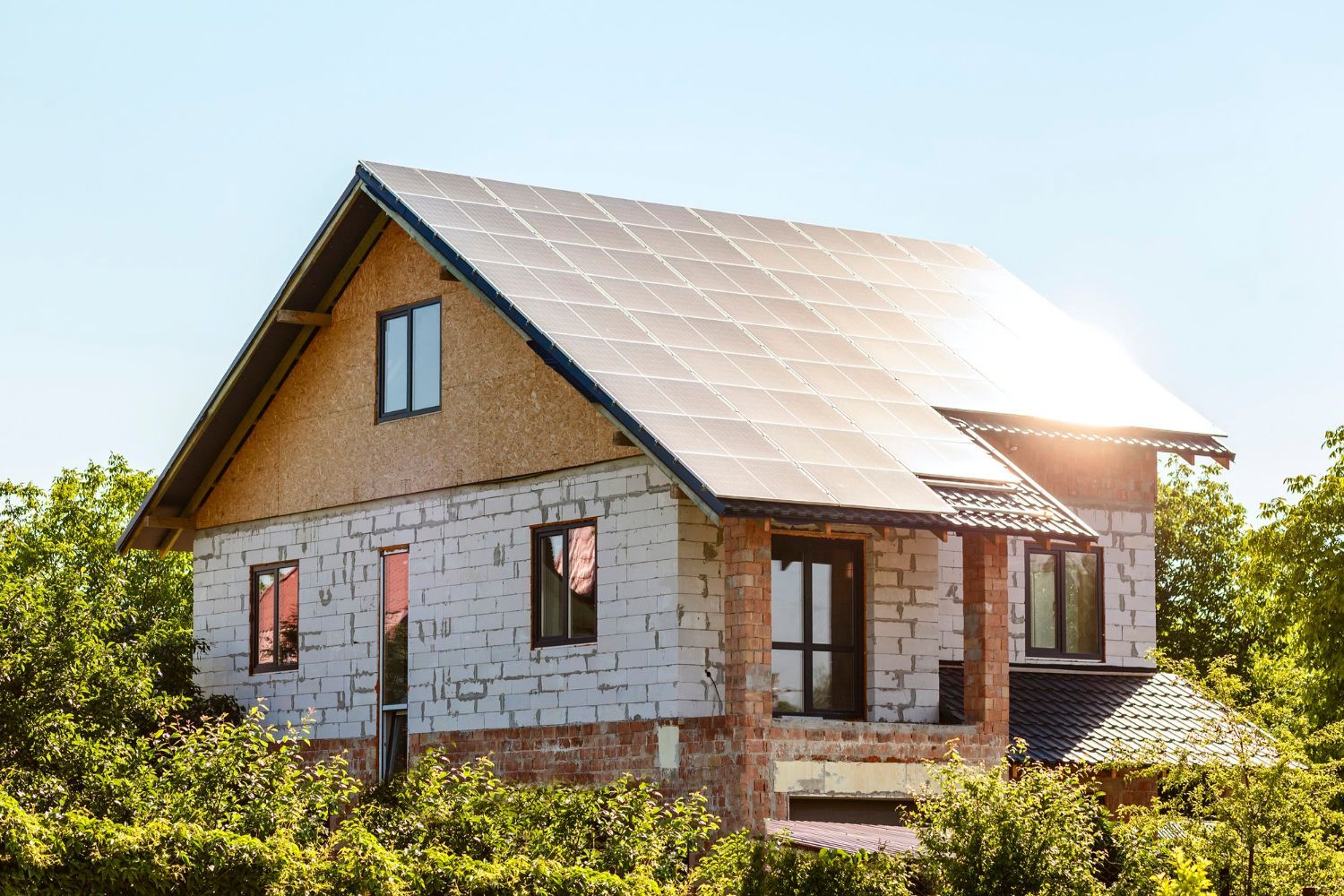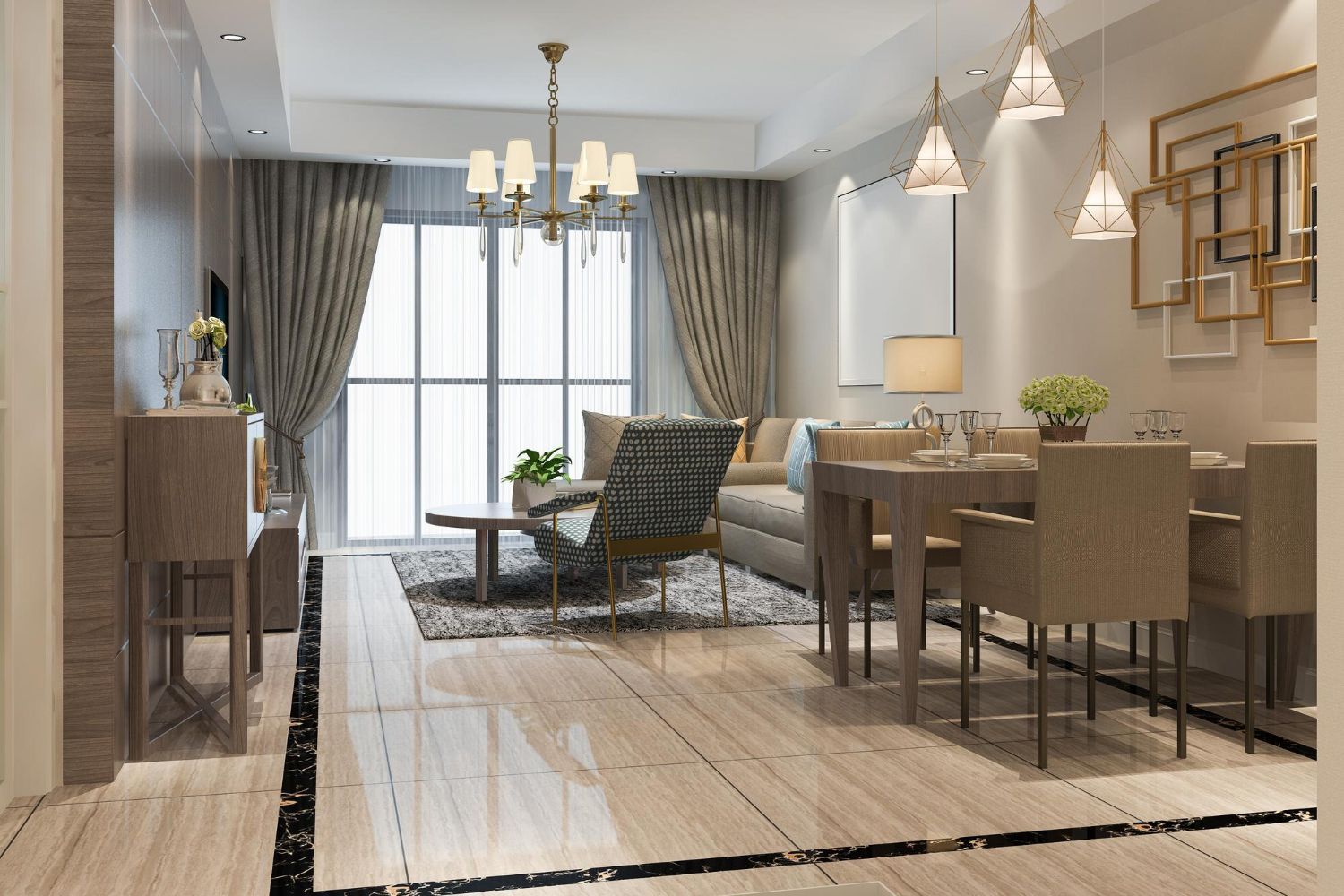541-815-0855
custom@mhbi.us
Sustainable Building Practices for Custom Homes
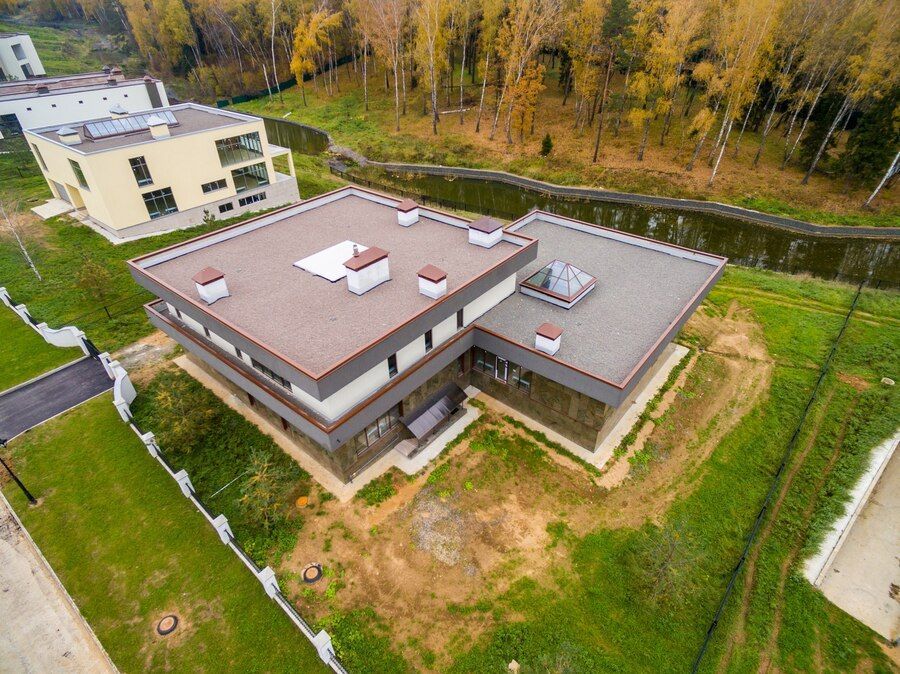
Building a custom home is an exciting opportunity to create a space that reflects your style and meets your needs. Incorporating sustainable building practices into your design not only benefits the environment but can also lead to long-term savings and a healthier living space. By making thoughtful choices, we can reduce our carbon footprint and ensure our homes are built to last.
One important aspect of sustainable building is energy-efficient design. This means creating a home that uses less energy for heating, cooling, and everyday activities. Simple measures like proper insulation, energy-efficient windows, and smart home technologies can make a big difference. By reducing energy consumption, we can lower our utility bills and contribute to a greener planet.
Another key element is using eco-friendly building materials. Choosing materials that are renewable, recycled, or locally sourced reduces the environmental impact of construction. These materials often have added benefits, such as improved indoor air quality and greater durability.
Water conservation is also crucial in sustainable home building. Efficient plumbing fixtures, rainwater harvesting systems, and drought-resistant landscaping can significantly reduce water usage. These practices help protect our natural resources and lower water bills.
Sustainable landscaping goes hand in hand with these principles, creating outdoor spaces that are both beautiful and environmentally friendly. By selecting native plants and incorporating water-efficient irrigation, we can create gardens that thrive with minimal maintenance.
In the following sections, we will delve deeper into these sustainable building practices and how they can be implemented in your custom home project.
Energy-Efficient Design
Creating an energy-efficient design is an essential part of building a sustainable custom home. Start by focusing on proper insulation. Good insulation helps keep your home warm in the winter and cool in the summer, reducing the need for heating and cooling systems. Insulation materials like cellulose, fiberglass, and foam are effective and environmentally friendly.
Next, choose energy-efficient windows. Double or triple glazing can significantly reduce heat loss and help maintain a comfortable indoor temperature. Look for windows with a low U-value, which indicates better insulation properties. Additionally, window placement is important; south-facing windows can help harness natural sunlight, warming your home during the colder months.
Incorporating smart home technologies can further enhance energy efficiency. Smart thermostats, for example, allow you to control your home’s temperature remotely and learn your heating and cooling preferences, helping you save energy. Energy-efficient appliances and LED lighting also play a crucial role in reducing overall energy consumption. By integrating these elements, you make your home more sustainable and cost-effective in the long run.
Eco-Friendly Building Materials
Selecting eco-friendly building materials is another key aspect of sustainable home construction. Start by using renewable resources. Bamboo, for instance, is a fast-growing plant that can be used for flooring and cabinetry. It is a strong and durable material that regenerates quickly, making it an excellent choice for sustainability.
Opt for recycled materials to reduce waste and the demand for new resources. Recycled metal, reclaimed wood, and recycled glass products are all great options. These materials not only contribute to a lower carbon footprint but often add unique character and aesthetics to your home.
Locally sourced materials reduce the environmental impact associated with transportation. By choosing products made close to Bend, Oregon, you support local businesses and minimize the carbon emissions involved in long-distance shipping. Look for locally produced stone, wood, and other building supplies to make your custom home both beautiful and eco-friendly.
Utilizing eco-friendly building materials ensures a healthier living environment and promotes sustainability. These materials can offer better air quality, longevity, and energy efficiency, making them a smart choice for any custom home project.
Water Conservation Methods
Water conservation is an essential part of sustainable building practices. Start by installing efficient plumbing fixtures, such as low-flow faucets, showerheads, and toilets. These fixtures use less water without sacrificing performance. They help reduce water waste and lower your utility bills.
Another effective method is rainwater harvesting. This involves collecting and storing rainwater for outdoor use, such as watering gardens or lawns. By using rain barrels or a more elaborate rainwater capture system, we can significantly reduce the need for municipal water. This also helps in areas that experience water shortages.
Drought-resistant landscaping, also known as xeriscaping, involves choosing plants that require minimal water. Native plants are well-suited to the local climate and need less irrigation. Additionally, using mulch reduces water evaporation from the soil, keeping plants hydrated longer. These strategies not only conserve water but also create a low-maintenance and sustainable garden.
Sustainable Landscaping
Sustainable landscaping enhances the eco-friendliness of your home. Choosing native plants is a good starting point. Native species are adapted to the local environment and require less water, fertilizer, and care. This makes them an excellent choice for a sustainable garden.
Incorporate water-efficient irrigation systems, such as drip irrigation or soaker hoses. These methods deliver water directly to the plant roots, reducing water waste and promoting healthy growth. Timers and moisture sensors can be used to ensure that plants receive water only when needed.
Use natural materials for hardscaping elements like walkways, patios, and fences. Recycled or reclaimed materials are environmentally friendly options. Permeable surfaces, such as gravel or permeable pavers, allow rainwater to soak into the ground, reducing runoff and promoting groundwater recharge.
By focusing on sustainable landscaping, we can create beautiful outdoor spaces that are environmentally responsible and require less maintenance.
Final Thoughts
Building a custom home with sustainable practices is a thoughtful way to support the environment while creating a comfortable living space. By incorporating energy-efficient design, eco-friendly materials, water conservation methods, and sustainable landscaping, we can reduce our environmental impact and create homes that are efficient and lasting.
Sustainability is not just a trend but an essential practice that benefits both our homes and our planet. The choices we make during the building process have long-term effects on our energy usage, water consumption, and overall environmental footprint. By adopting these practices, we contribute to a healthier environment and enjoy the added benefits of reduced utility costs and increased home value.
For those looking to build a custom home that aligns with these sustainable practices, consider working with us. At Mountain High Builders, we specialize in creating eco-friendly
custom homes in Bend, Oregon. Contact us today to learn how we can help you build the sustainable home of your dreams.
Are you planning to renovate your home?

Mountain High Builders strives to build exceptional homes for our clients, alongside strong relationships that last a lifetime.
Contact us
Phone: 541-815-0855
Email: custom@mhbi.us
Address: Square Loop, 1012 SE
Cleveland Ave #5, Bend, OR 97702
Menu
All Rights Reserved |
All Rights Reserved | Mountain High Builders


